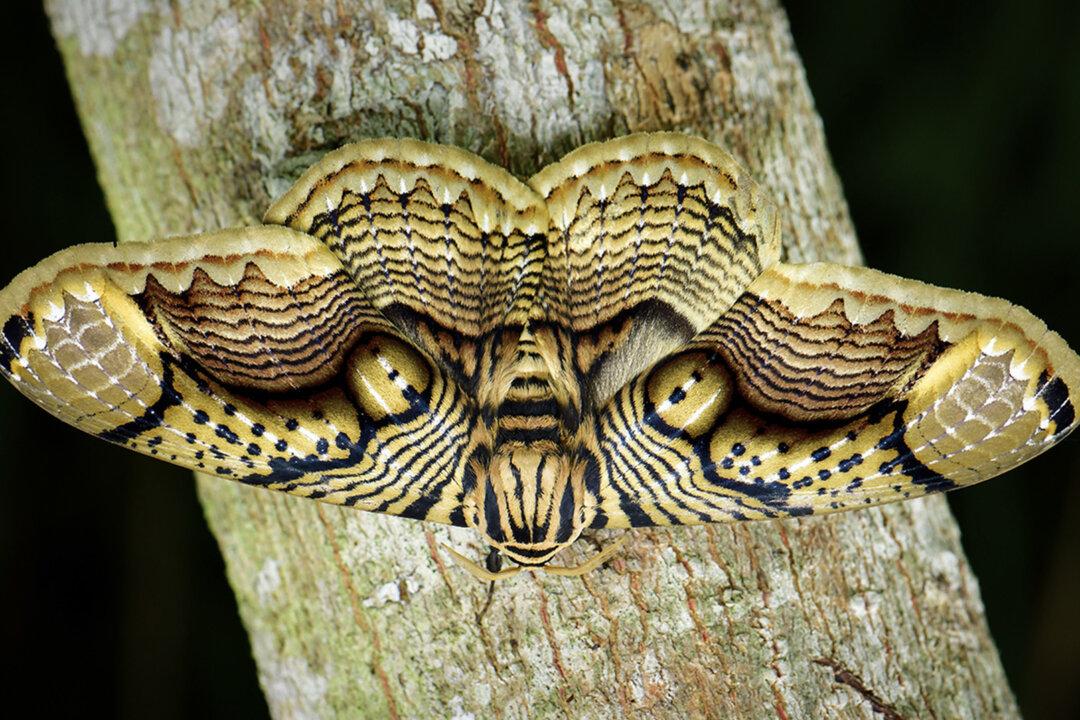For many avid outdoorsmen currently spending a lot more time at home, enjoying wildlife photography online may be their only outlet with mother nature these days. Some extraordinary footage from French wildlife photographer David Weiller is going viral, and it might be worth a look.
Weiller’s high-definition close-up photography reveals the staggeringly beautiful patterns of the giant brahmin moth (Brahmaea hearseyi) of Asia, stunning netizens far and wide.





